There is a common belief that when one is attempting to relieve themselves but cannot, they should think of running water. The thought is that the sounds of a waterfall or river will help your body begin to urinate. If this is true, should people suffering from urinary incontinence avoid specific thoughts to help prevent unexpected urination?
What is Incontinence?
Incontinence is defined as a loss of bladder control and the inability to control urination. Though this definition is all-encompassing, there are many different types of urinary incontinence.
Different Types of Incontinence
Stress incontinence: A leak in urine due to movement or activity such as laughing, sneezing, running, or lifting.
Urge incontinence: A form of incontinence that happens after a strong, sudden urge to urinate that someone is unable to delay.
Overflow incontinence: Incontinence that occurs when a weak bladder is past full. While the person often feels no need to urinate, they can begin leaking urine.
Functional incontinence: A type of incontinence that is defined by a person aware they need to urinate, but because of a physical or mental disability, they are unable to reach the bathroom.
Mixed incontinence: As the name suggests, mixed incontinence is usually a combination of two other forms of incontinence. Most often, mixed incontinence is a combination of stress and urge incontinence.
Not all these types of incontinence have the same causes or can be treated with the same medications. With that in mind, studies on all forms of incontinence have shown no correlation between incontinence being triggered by specific thoughts. However, one mental effect of urinary incontinence that influences all these groups is its toll on mental health.
Urinary Incontinence and Mental Health
Studies show that those who suffer from urinary incontinence are more likely to suffer from anxiety and depression. Frequently, those dealing with incontinence can also experience shame and a drop in self-confidence due to their condition. Urinary incontinence can make it difficult to go to social outings or stressful to be away from your home for extended periods. People who once held very social lives will often reject attending social gatherings for fear of having an accident at a public event. This behavior can take a toll on mental health, and it is crucial to seek help from a mental health professional counselor.
At Personally Delivered, we know the difficulties those dealing with urinary incontinence face. Not only daily stress but also the feeling that you can’t participate in all of the activities you love. With our array of catheter supplies, protective underwear, liners, and pads, we hope to give you back a sense of normalcy and self-confidence.




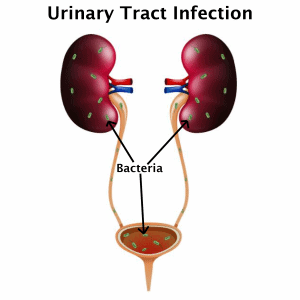

 A
A  Urinary leg bag holders fit like a sleeve that slides up the leg to hold the urinary drainage bag without straps, such as the
Urinary leg bag holders fit like a sleeve that slides up the leg to hold the urinary drainage bag without straps, such as the 

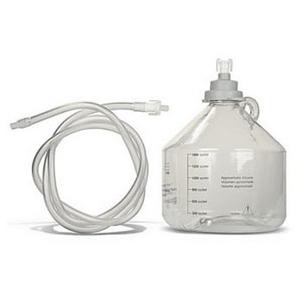
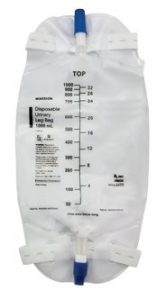

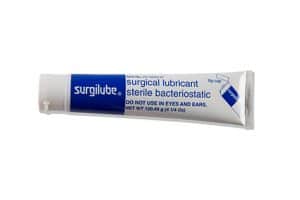

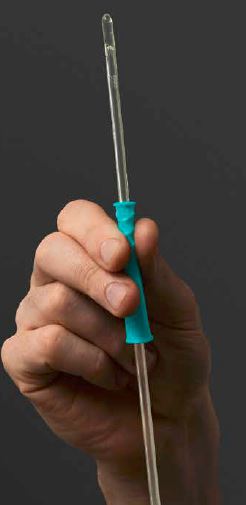 Insertion of the SpeediCath Soft for Men is virtually touch-free with the soft, flexible insertion gripper. Designed to ensure a firm grip, this gripper makes insertion and removal of the catheter easy every time. Because this gripper allows men to self-catheterize without ever touching the tube or tip, the risk of infection is greatly reduced.
Insertion of the SpeediCath Soft for Men is virtually touch-free with the soft, flexible insertion gripper. Designed to ensure a firm grip, this gripper makes insertion and removal of the catheter easy every time. Because this gripper allows men to self-catheterize without ever touching the tube or tip, the risk of infection is greatly reduced.
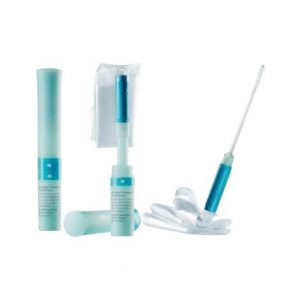
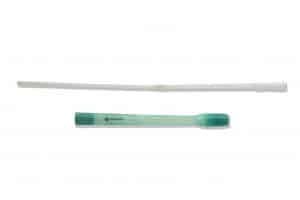
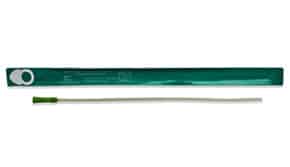





 Medications may also be recommended by your doctor to treat incontinence and often work by relaxing the bladder muscle. For example, anticholinergics such as tolterodine, darifenacin, solifenacin, trospium, fesoterodine, and oxybutynin can help with urge incontinence by calming an overactive bladder. Mirabegron can also be used to help with urge incontinence and works by relaxing the bladder muscle to allow it to increase the amount of urine it can hold. For women, hormone treatment via local vaginal/urethral estrogen therapy can prove helpful as a treatment for incontinence after menopause. The treatment can improve the health of the vaginal walls, urethra, and bladder neck which can alleviate symptoms of irritative bladder and incontinence.
Medications may also be recommended by your doctor to treat incontinence and often work by relaxing the bladder muscle. For example, anticholinergics such as tolterodine, darifenacin, solifenacin, trospium, fesoterodine, and oxybutynin can help with urge incontinence by calming an overactive bladder. Mirabegron can also be used to help with urge incontinence and works by relaxing the bladder muscle to allow it to increase the amount of urine it can hold. For women, hormone treatment via local vaginal/urethral estrogen therapy can prove helpful as a treatment for incontinence after menopause. The treatment can improve the health of the vaginal walls, urethra, and bladder neck which can alleviate symptoms of irritative bladder and incontinence.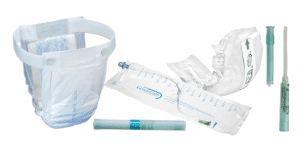 In cases where treatments cannot completely alleviate symptoms of incontinence, products such as
In cases where treatments cannot completely alleviate symptoms of incontinence, products such as 
 Named after Frederic Foley, an American urologist, the
Named after Frederic Foley, an American urologist, the  Foley catheters are measured in terms of French units (Fr.) and range in size from 8Fr. to 26Fr. in diameter. Each Fr. unit is equal to 0.33mm (0.013″ or 1/77″) in diameter. Determining the proper French size of the indwelling catheter will depend upon the age of the person the Foley catheter will be inserted into. A child, for instance, will require the use of a smaller Fr. size Foley catheter due to their anatomy being much smaller than that of a grown adult.
Foley catheters are measured in terms of French units (Fr.) and range in size from 8Fr. to 26Fr. in diameter. Each Fr. unit is equal to 0.33mm (0.013″ or 1/77″) in diameter. Determining the proper French size of the indwelling catheter will depend upon the age of the person the Foley catheter will be inserted into. A child, for instance, will require the use of a smaller Fr. size Foley catheter due to their anatomy being much smaller than that of a grown adult. Prior to insertion of a Foley catheter, the skin is cleansed with mild soap and water at and around the urethral site of entry to ensure good hygiene. The indwelling catheter is then inserted by gently pushing the catheter insertion tip up through the urethra and guiding it into the bladder. Once the tube is fully in the bladder, the balloon is gradually inflated with a
Prior to insertion of a Foley catheter, the skin is cleansed with mild soap and water at and around the urethral site of entry to ensure good hygiene. The indwelling catheter is then inserted by gently pushing the catheter insertion tip up through the urethra and guiding it into the bladder. Once the tube is fully in the bladder, the balloon is gradually inflated with a 





 It can be difficult to remember when you need to reorder your home delivery medical supplies. We can take the hassle out of this and make your life easier with our Automatic Delivery Program. You choose the frequency you would like your supplies to arrive and we take care of the rest. With this program you will also save 5% on your home delivery medical supplies on every future shipment. You will never have to worry about running out of your supplies again!
It can be difficult to remember when you need to reorder your home delivery medical supplies. We can take the hassle out of this and make your life easier with our Automatic Delivery Program. You choose the frequency you would like your supplies to arrive and we take care of the rest. With this program you will also save 5% on your home delivery medical supplies on every future shipment. You will never have to worry about running out of your supplies again!


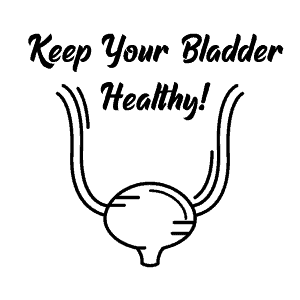





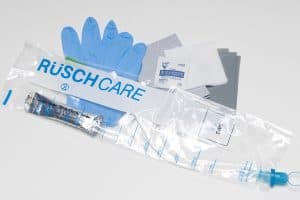 Even though they are frequently used in the home environment, catheters are medical devices and must be used carefully. Only use a catheter when your doctor has recommended it. If your doctor recommends that you discontinue, do not keep using it. Most importantly, catheters should be inserted only by those with the proper training, which means that you will need assistance with them until you have been properly taught. The good news is that you can be shown by the nurse or doctor and can learn how to cath very quickly.
Even though they are frequently used in the home environment, catheters are medical devices and must be used carefully. Only use a catheter when your doctor has recommended it. If your doctor recommends that you discontinue, do not keep using it. Most importantly, catheters should be inserted only by those with the proper training, which means that you will need assistance with them until you have been properly taught. The good news is that you can be shown by the nurse or doctor and can learn how to cath very quickly.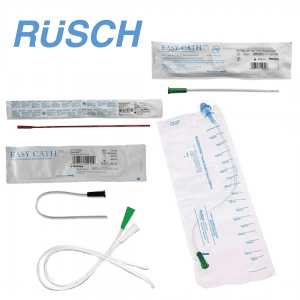 Rusch makes a wide variety of catheter-related products
Rusch makes a wide variety of catheter-related products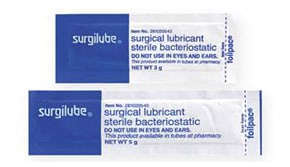
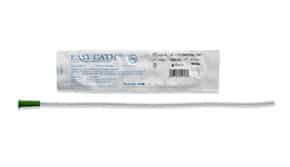
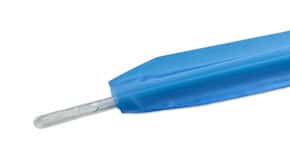
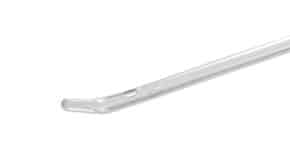
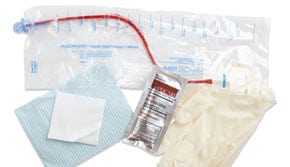

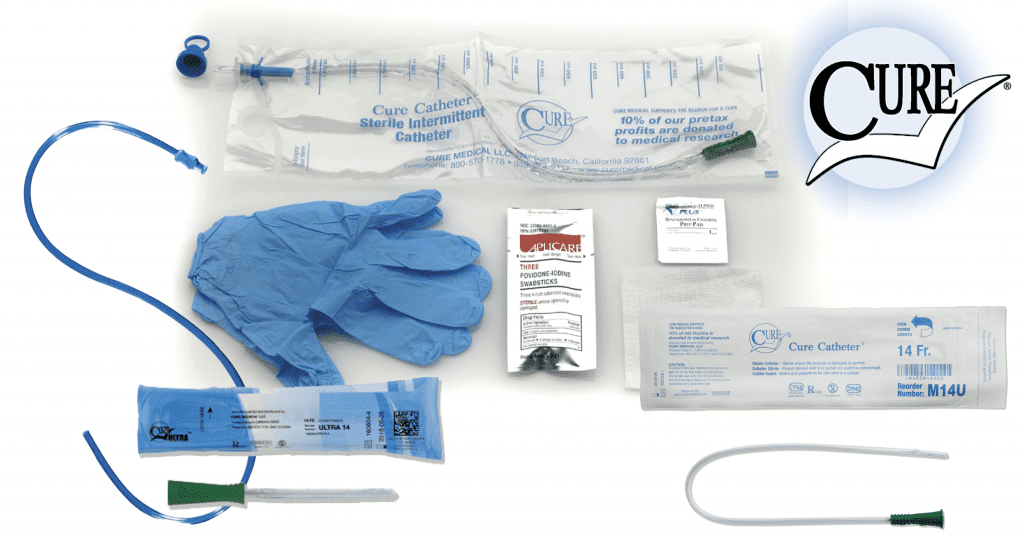
 Have you heard of BPA or DEHP? Many people haven’t, but these are compounds found in many common objects made of plastic. Sadly, BPA and DEHP can leech out of those plastics and when they get into the human body they can cause serious damage. Both can be linked to thyroid problems, which can seriously alter your body chemistry, and DEHP is linked to a
Have you heard of BPA or DEHP? Many people haven’t, but these are compounds found in many common objects made of plastic. Sadly, BPA and DEHP can leech out of those plastics and when they get into the human body they can cause serious damage. Both can be linked to thyroid problems, which can seriously alter your body chemistry, and DEHP is linked to a 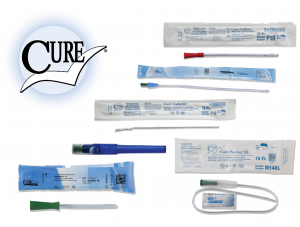 Of course, the choice of which catheter to use is highly personal and depends on many factors. It may be worth it to give Cure Medical catheters a try if you are looking for another style that is easy to use, high quality, provides comfort, and has very competitive pricing!
Of course, the choice of which catheter to use is highly personal and depends on many factors. It may be worth it to give Cure Medical catheters a try if you are looking for another style that is easy to use, high quality, provides comfort, and has very competitive pricing!

 Spinal Cord Injury Awareness Month takes place in September each year. The U.S. Senate designated this month to educate those around us about how widespread this injury is and how we may be able to prevent it from happening. Those with spinal cord injuries are very familiar with this particular injury’s outcomes, unlike those who do not understand how difficult it is to deal with daily.
Spinal Cord Injury Awareness Month takes place in September each year. The U.S. Senate designated this month to educate those around us about how widespread this injury is and how we may be able to prevent it from happening. Those with spinal cord injuries are very familiar with this particular injury’s outcomes, unlike those who do not understand how difficult it is to deal with daily.



